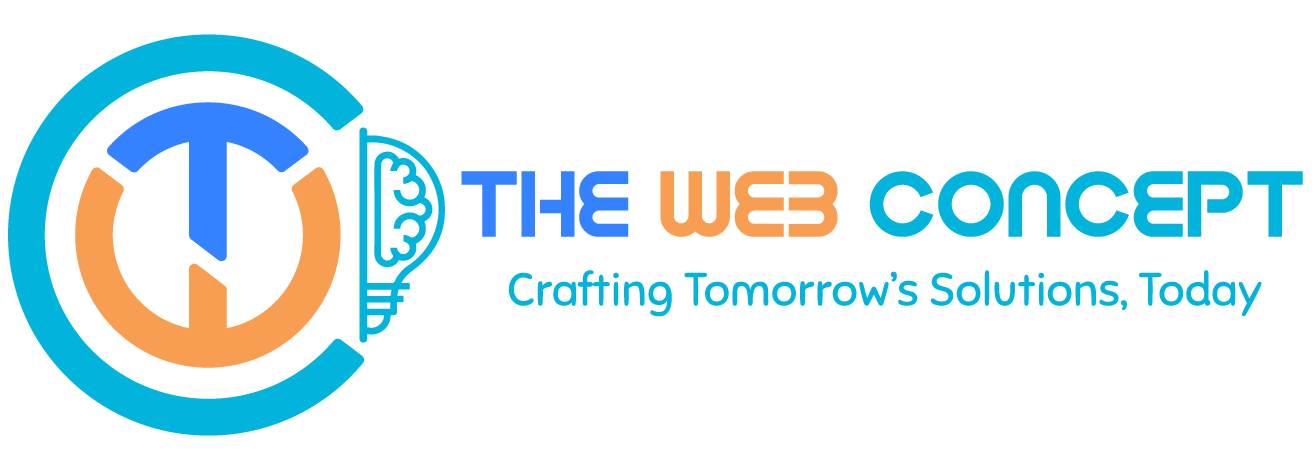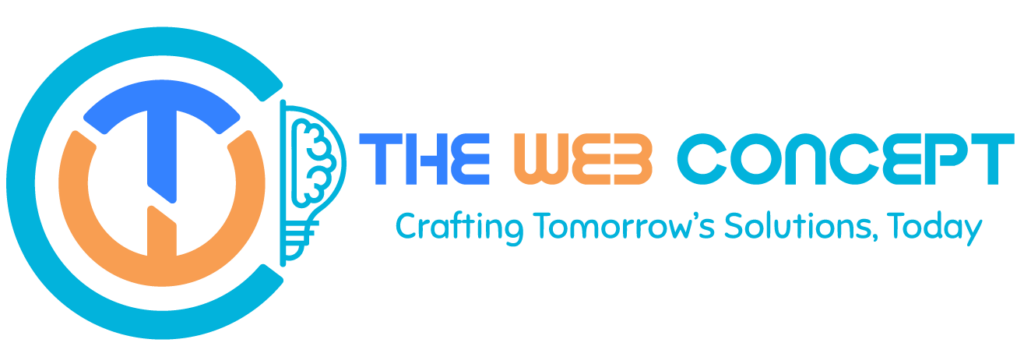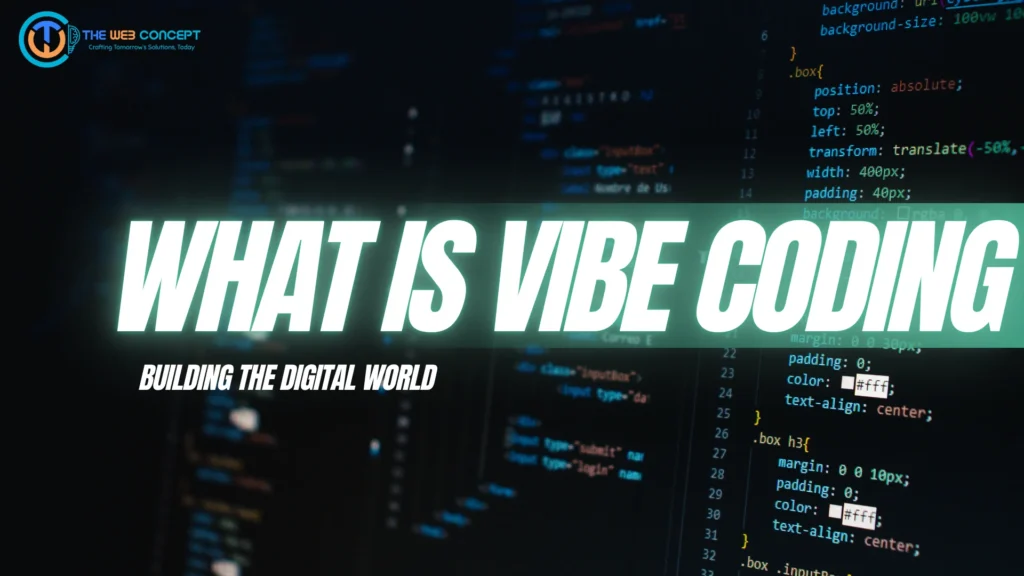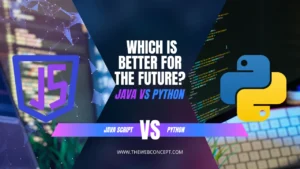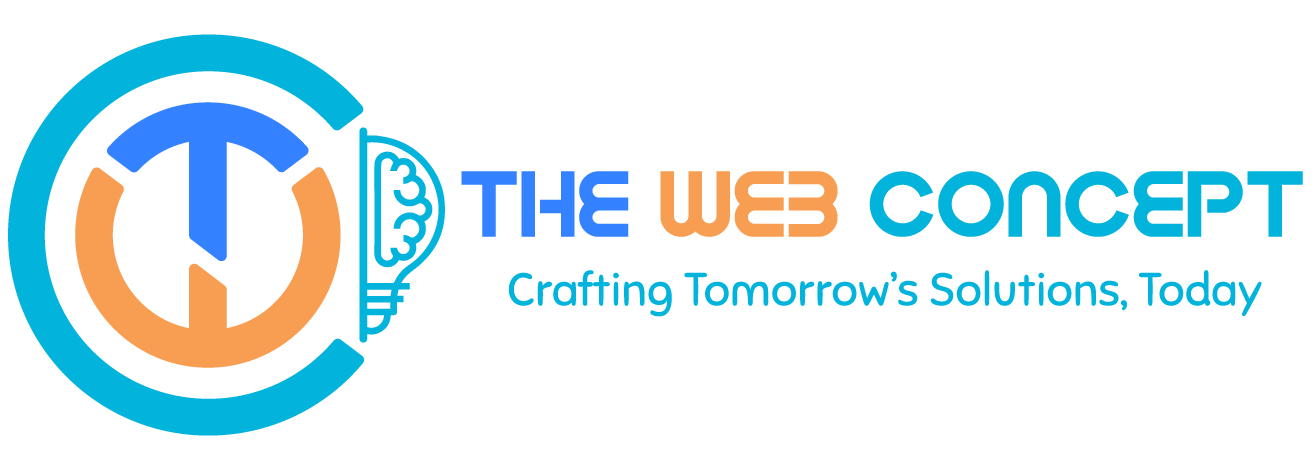What is Vibe Coding?
Vibe coding is at the vanguard of the shift in software engineering development from rigid, manual coding to more flexible, AI-powered creation. Renowned computer scientist Andrej Karpathy announced “vibe coding” in February 2025, emphasizing the value of AI technologies in software development. This idea is consistent with advancements in artificial intelligence (AI) technology, particularly large language models (LLMs) that automate coding tasks and help coders stay creative, such as ChatGPT, Claude, and OpenAI’s Codex.
Vibe coding is a novel approach to coding, where users use simple words to convey their intentions, and an AI converts those thoughts into executable code.
Vibe coding aims to establish an AI-powered programming environment in which AI agents act as real-time coding helpers, automating time-consuming tasks and even generating conventional codebase architecture. One
Core element: Code first, refine later approach with a human in the loop
Reverb coding adopts a “code first, refine later” mentality by emphasizing experimentation over structure and performance. This gives developers the option to focus on developing first and optimizing later. Additionally, vibe coding supports iterative development, circular feedback systems, and fast prototyping within an agile framework. This enables businesses to concentrate on these ideas while encouraging creativity, innate negotiation skills, and adaptable coding talents. However, since AI only produces code, genuine innovation, goal alignment, and unconventional thinking are still distinctly human; therefore, human oversight and supervision are crucial and cannot be replaced.
How to implement vibe coding?

Vibe coding is at the vanguard of the shift in software engineering development from rigid, manual coding to more flexible, AI-powered creation. Renowned computer scientist Andrej Karpathy announced “vibe coding” in February 2025, emphasizing the value of AI technologies in software development. This idea is consistent with advancements in artificial intelligence (AI) technology, particularly large language models (LLMs) that automate coding tasks and help coders stay creative, such as ChatGPT, Claude, and OpenAI’s Codex.
Vibe coding is a novel approach to coding, where users use simple words to convey their intentions, and an AI converts those thoughts into executable code.
Vibe coding aims to establish an AI-powered programming environment in which AI agents act as real-time coding helpers, automating time-consuming tasks and even generating conventional codebase architecture.
How to implement vibe coding?
To implement vibe coding in practice, the user needs to follow the following steps:
Step 1:
Select a device that offers AI development assistance: Select based on your needs in terms of cost, performance, or technology. One of the dynamic and flexible platforms for converting concepts into applications is Replit, for instance.
Step 2:
Specify your needs: The user gives a precise prompt outlining their intended development in this step. The outcome will be higher if the request for information proves more helpful.
This is an example of a prompt: Make a dynamic and engaging visual experience that responds to data that is current, tunes, or input from the user. Simple transitions and vibrant, dynamic graphics with an interesting flow are essential components of every animation. To create an immersive and fascinating experience, the animation should feel natural and react to the music, user input, or real-time data. Use JavaScript or React to finish this project, and make it easily customizable to create a setting for subsequent sessions.
The prompt is clearly specific, context-relevant, and goal-oriented.
Step 3:
Code Refinement: Using the visual project’s architectural structure, a simple and faulty code shall be developed from the first described prompt. This code is a beginning point. The scope of refinement will be established after the user has reviewed the basic version. By improving the prompt, this is accomplished.
Step 4:
Final code review and shipping: To ensure the useful code produced is utilized in its final implementation, the program is examined following refinement, based on the refined suggestions.
Real-world examples
Vibe coding is more than just a fad; it’s being used by both experienced programmers and non-programmers to create applications tailored to particular markets.
It is being used by many startups, particularly those in the Y Combinator ecosystem, to accelerate the development and release of AI-powered apps. 2 Well-known programs that let users try out AI-assisted coding include Replit, Cursor, and Windows GitHub Copilot.
Limitations of Vibe Coding

Unquestionably powerful, vibe code has certain practical and technological drawbacks. Listed currently are a few of the main difficulties:
- Technical complexity: Vibe coding is capable of handling simple standard frameworks, but it gets difficult for applications in reality, where technical needs may be unique or intricate.
- Problems with code quality and performance: Vibe coding is useful for prototyping and testing apps, but it still needs to be optimized and improved to ensure that code quality is maintained. Vibe coding necessitates complex optimization techniques and structured level architecture, making it an unsuitable option for distributed systems.
- Auditing difficulties: Due to its unpredictable nature and lack of architectural structure, an AI-generated program is difficult to debug.
- Maintenance and updates: Software applications can become outdated if they are not updated on time, which is why they need to be updated and maintained regularly. If the code structure is not kept up to date, applications created with AI-generated code may have maintenance and update issues. Because of this, developers may find it difficult to comprehend what is going on when attempting to maintain it streamlined and refreshed.
- Security issues: This restriction is considered most important since it may result in some dangers and serious weaknesses. AI-generated code is frequently left out of code reviews and security checks, which results in concealed flaws that could be overlooked and exploited
Paradigm shift

- Rapid prototyping: The way ideas are developed will alter as vibe coding continues to gain popularity in the ecosystem. Teams are finding that rapid prototyping is a crucial tool for advancing concepts from the early stages to a working prototype and eventual scaling. It is useful for evaluating concepts in the marketplace to determine whether they will truly address an issue or whether a completely different approach is required.
- Problem-first approach: As problem-solving becomes more important to developers than the tech stack itself, the shift from writing code in a rigid coding style to a dynamic framework allows for quick innovation.
- Minimize risk, increase impact: Vibe coding will let companies develop a minimum viable product (MVP) more rapidly, test ideas at a low cost, and adjust and modify in response to feedback. Because resources are only allocated to concepts that have been validated, this reduces sunk costs, enhances the spread of risk, and permits pivoting.
Evolution of VibeOps
The increasing complexity and constraints of traditional software development are driving the evolution of VibeOps, but as its potential becomes apparent, its use is expected to rise. Although it has drawbacks, VibeOps’ automation, driven by AI, lowers expenses and frees up engineers to focus on innovation. VibeOps will require enhancements plus a hybrid approach where AI enhances human expertise rather than totally replacing it.
Summary
To sum up, vibe coding is still quite new. The development of software becomes more dynamic and organic when creative AI models and intelligent coding helpers are combined. Writing every line of code for web apps by hand is eliminated by incorporating coding robots into integrated development environments (IDEs) for Python code editors. This increases workflow efficiency and gives programmers, non-programmers, and novice code beginners the ability to produce code in real time. Nevertheless, human interaction will always be necessary for VibeOps to get the desired results.
